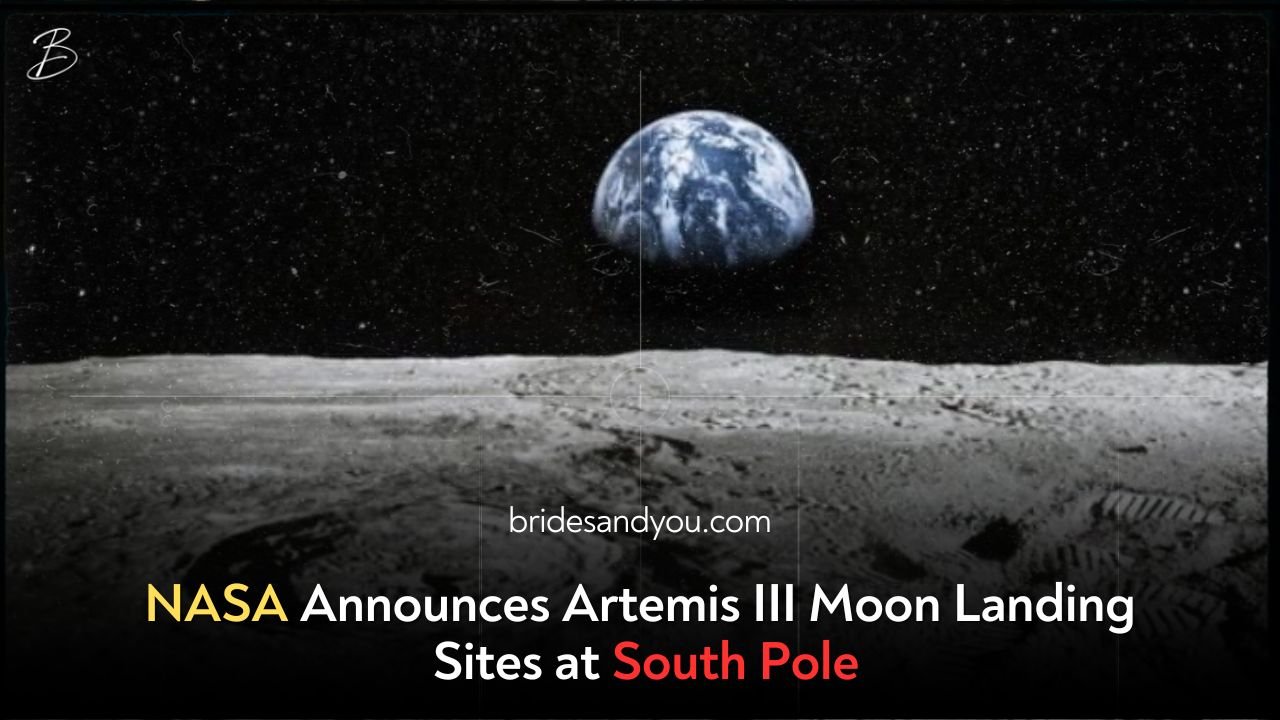Now Reading: NASA Announces Artemis III Moon Landing Sites at South Pole
-
01
NASA Announces Artemis III Moon Landing Sites at South Pole
NASA Announces Artemis III Moon Landing Sites at South Pole

NASA Unveils Nine Potential Artemis III Lunar Landing Sites Near the South Pole
NASA is making strides toward its first crewed Moon landing in over half a century with the Artemis III mission, targeting unexplored regions near the lunar South Pole. This historic endeavor will not only mark a new chapter in space exploration but also pave the way for future lunar and Martian expeditions. The agency recently revealed nine potential landing sites, selected based on their scientific value and feasibility for a safe landing.
The Chosen Landing Regions
The nine regions identified by NASA include:
- Peak near Cabeus B
- Haworth
- Malapert Massif
- Mons Mouton Plateau
- Mons Mouton
- Nobile Rim 1
- Nobile Rim 2
- de Gerlache Rim 2
- Slater Plain
Each site offers unique geological features and conditions ideal for advancing lunar science. The lunar South Pole’s permanently shadowed regions may hold critical resources like water ice, essential for sustaining long-term human presence and future exploration missions.
The Science Behind the Selection
NASA’s Cross Agency Site Selection Analysis team worked with experts from various fields to evaluate these regions. The team used data from the Lunar Reconnaissance Orbiter and other lunar research to assess the sites based on:
- Scientific potential: The ability to conduct groundbreaking research.
- Terrain suitability: Ensuring safe and stable landing conditions.
- Communication capabilities: Reliable connectivity with Earth.
- Lighting conditions: Adequate sunlight for solar power and operations.
- Mission feasibility: Compatibility with NASA’s Space Launch System (SLS), Orion spacecraft, and Starship Human Landing System (HLS).
Why the Lunar South Pole?
The South Pole presents a starkly different environment from the Apollo mission sites. Its ancient terrain and shadowed craters potentially harbor water ice and other volatile compounds, making it a prime location for scientific discovery and resource utilization. Exploring this region will enhance our understanding of the Moon’s history, its resources, and broader planetary science.
Collaboration and Future Missions
NASA is actively involving the lunar science community through workshops and conferences to refine the selection process and maximize scientific outcomes. The final landing site will be chosen closer to the mission’s launch, considering transfer trajectories and surface conditions.
The Artemis program is not just about reaching the Moon; it aims to establish sustainable exploration. By landing the first woman, the first person of color, and an international partner astronaut on the lunar surface, NASA is setting the stage for a diverse future in space exploration. Artemis will lay the groundwork for long-term lunar research, prepare for human missions to Mars, and benefit humanity through scientific and technological advancements.





















